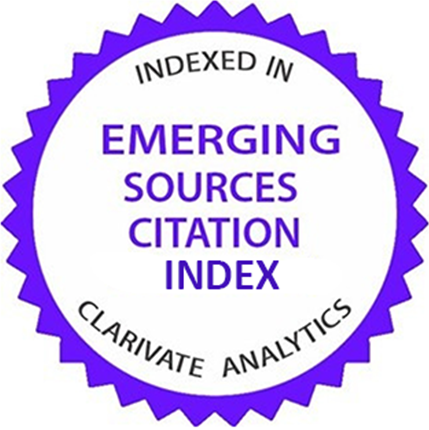Disruption in Medical Care of Non-COVID Patients in COVID-19 Pandemic
Abstract
In December 2019, a novel coronavirus (2019-nCoV) was detected in Wuhan Hubei province, China. The virus has caused a global concern because of its high potential for transmission, high morbidity and mortality. COVID-19 spreads so rapidly across an increasing number of countries worldwide that it has been found in more than 200 countries so far. The World Health Organization (WHO) has declared COVID-19 a pandemic and public health threat. In general, COVID-19 is an infectious disease caused by severe acute respiratory syndrome coronavirus 2 (SARS-CoV-2). A case fatality rate of approximately 2.3% has been reported for COVID-19. New fever, cough, lymphopenia and bilateral lung infiltrations are characteristic but not diagnostic for COVID-19. Sore throat, dyspnea, myalgia, diarrhea, and abdominal pain are other presentations of COVID-19. We should also be attentive to the probability of atypical presentations in patients who are immunocompromised. While the majority of cases result in mild respiratory tract symptoms like acute bronchitis, severe cases might end in severe pneumonia, acute respiratory distress syndrome (ARDS), septic shock and death due to multiorgan damage, so early recognition of patients with suspected COVID-19 infection is crucial. The burden of the virus is not limited to physical damage, but it also has a significant impact on the mental health of the public. It can lead to generalized anxiety disorders and depression during COVID-19 pandemic. Now many countries are in a state of crisis worldwide. Whenever the living environment changes, people feel unsafe. People's fear of COVID-19 makes them refrain from going to medical centers, which significantly impacts their access to medical care while they require acute treatment. COVID-19 outbreak in countries has pulled essential medical resources away from regular procedures. This has caused complications for patients who need treatment for other medical conditions that require timely and appropriate care. Cancer patients especially still require attention in curative or palliative settings, and women will still be delivering their infants. How can we care for these patients without exposing them to COVID-19?
2. Burki T. Outbreak of coronavirus disease 2019. Lancet Infect Dis. 2020;20(3):292-3.
3. Eurosurveillance editorial team. Note from the editors: World Health Organization declares novel coronavirus (2019-nCoV) sixth public health emergency of international concern. Euro Surveill. 2020;25(5):200131e.
4. Guan WJ, Ni ZY, Hu Y, Liang WH, Ou CQ, He JX, et al. Clinical Characteristics of Coronavirus Disease 2019 in China. N Engl J Med. 2020:NEJMoa2002032.
5. Xiang YT, Yang Y, Li W, Zhang L, Zhang Q, Cheung T, et al. Timely mental health care for the 2019 novel coronavirus outbreak is urgently needed. Lancet Psychiatry. 2020;7(3):228-9.
6. Shahi F, Mirzania M, Dabiri M, Seifi S, Bary A, Ansarineja N, et al. Modifications in Breast Cancer Guidelines in COVID19 Pandemic; An Iranian Consensus. Arch Breast Cancer. 2020;7(1):14-21.
| Files | ||
| Issue | Vol 4 No 2s (2020): COVID-19 | |
| Section | Letter to the editor | |
| Keywords | ||
| No Keywords No Keyword | ||
| Rights and permissions | |

|
This work is licensed under a Creative Commons Attribution-NonCommercial 4.0 International License. |










